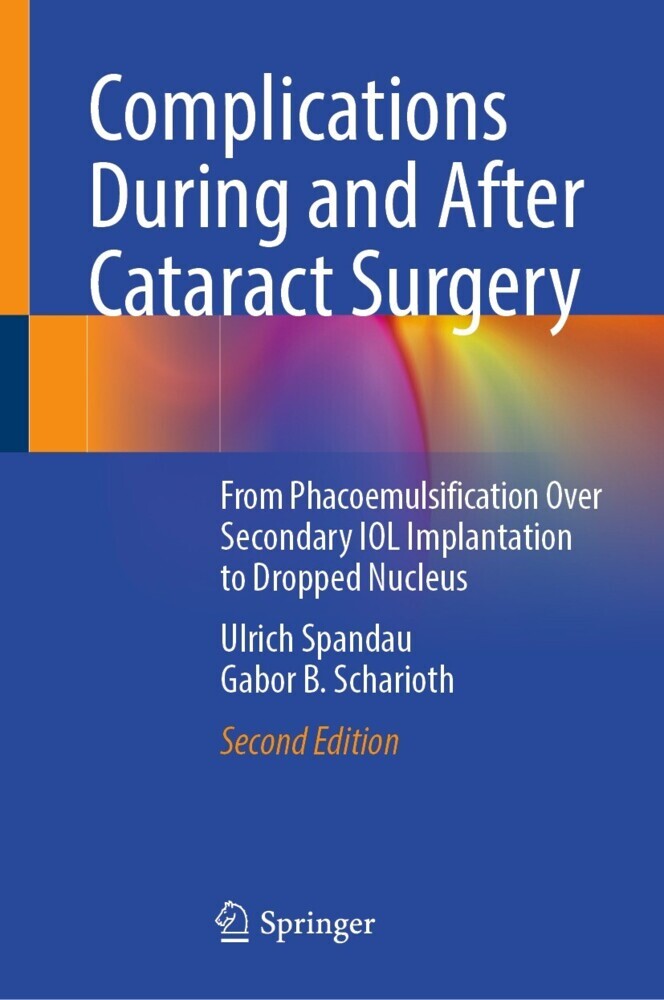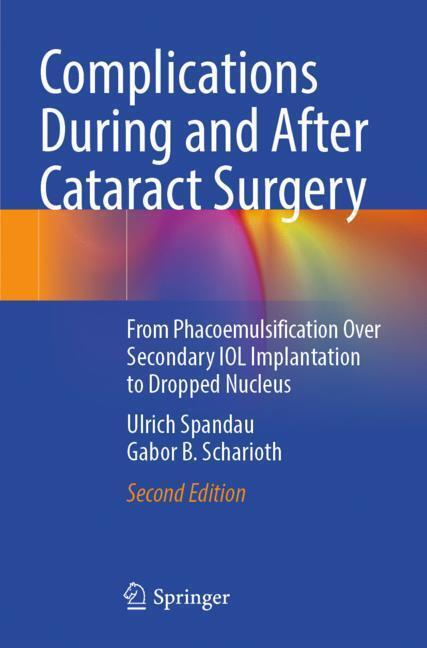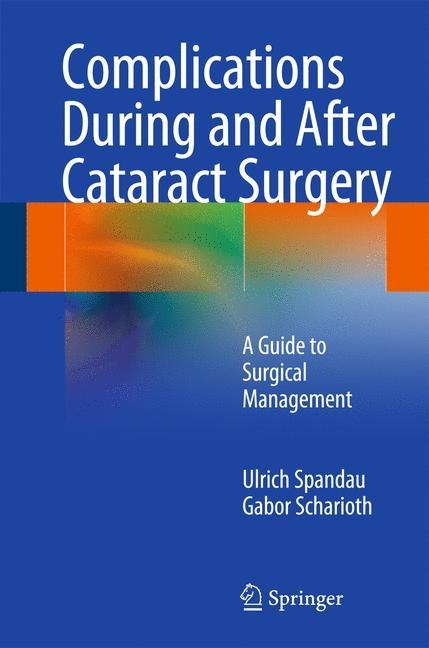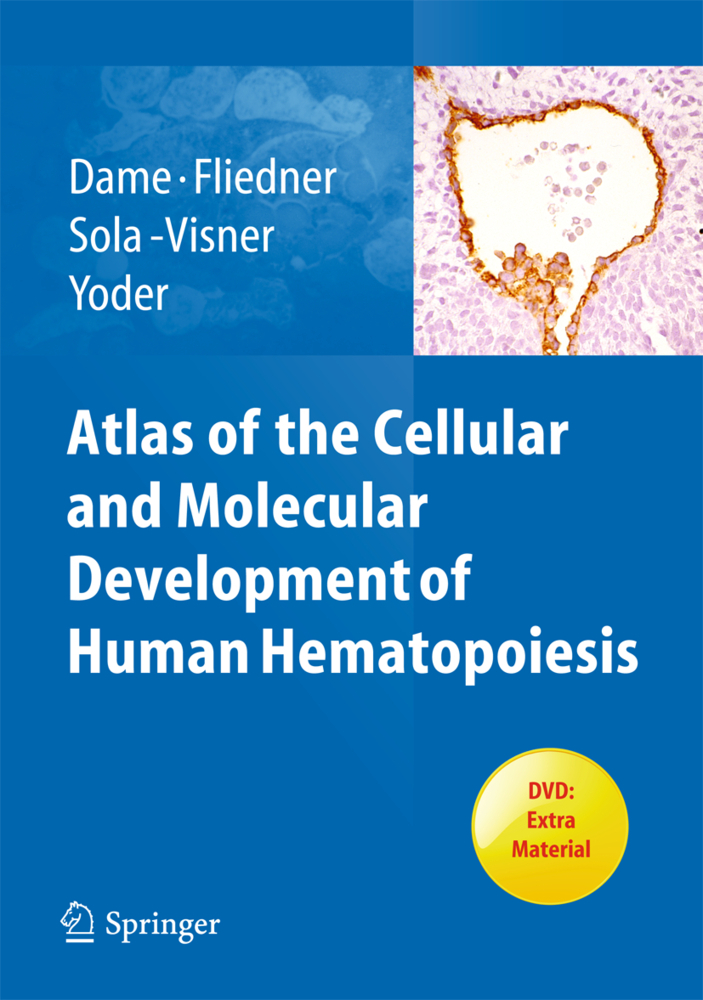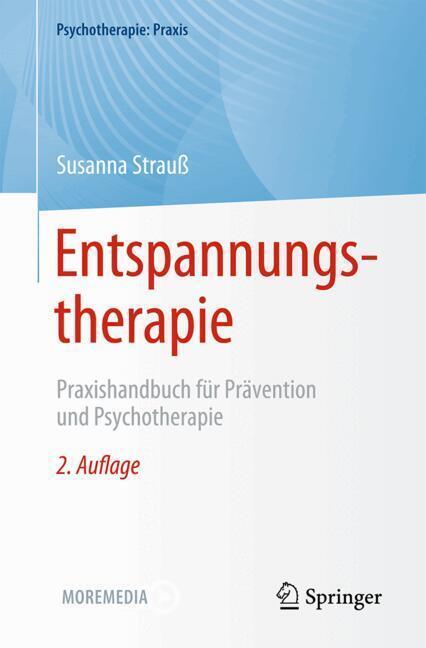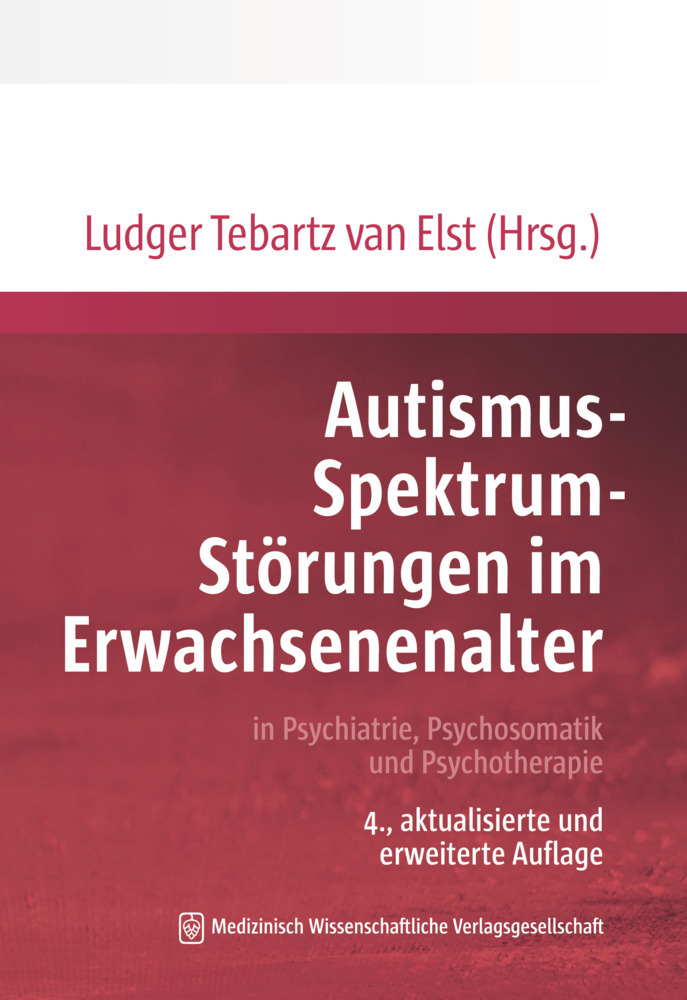Complications During and After Cataract Surgery
Every cataract surgeon is afraid of complications, but while complications cannot be entirely avoided, it is possible to learn to master them. This practical book clearly explains how to manage the various complications that may arise during cataract surgery, from a subluxated intraocular lens to a dropped nucleus. It provides the surgeon with clear instructions on how best to proceed in the manner of a cookbook, by first describing the ingredients (equipment), preparation (planning) and then providing step-by-step descriptions of technique with the aid of numerous helpful color illustrations.
Complications During and After Cataract Surgery: From Phacoemulsification over Secondary IOL Implantation to Dropped Nucleus, 2nd Edition includes fully revised chapters outlining technical developments and new chapters on trocar surgery from pars plana and surgical management of a dropped nucleus with a cataract machine. Readers wishing to learn techniques for managing a full range of potential complications will find this book to be an essential resource.
Ulrich Spandau studied medicine at the University of Würzburg in Germany before completing residencies in the Departments of Ophthalmology at the University of Heidelberg and the University of Mannheim-Heidelberg. He undertook further surgical training at the Eye Clinic, Koblenz and became an accredited specialist in ophthalmology in 2003. In 2004 Dr. Spandau was appointed Consultant in the Department of Ophthalmology, University of Mannheim-Heidelberg and he subsequently became Vice Director of the department. He completed his PhD and received his venia legendi in 2005. In 2008 Dr. Spandau became Consultant and Head of Surgery at the Department of Ophthalmology, University Hospital of Uppsala, Sweden. He has been an Associate Professor since 2013. He has published 52 articles in indexed, peer-reviewed journals and has published a number of Springer books including Small Gauge Vitrectomy: A Practical Handbook, Complications During and After Cataract Surgery, Small Gauge Vitrectomy for Diabetic Retinopathy, 27G Vitrectomy: Minimal Sclerotomies for Maximal Results, Cutting Edge of Ophthalmic Surgery: From Refractive SMILE to Robotic Vitrectomy and Trocar Surgery for Cataract Surgeons.
Gabor B. Scharioth graduated from Medical School in Humboldt University Berlin in 1993. During his residency program, he was trained in Augentagesklinik Groß-Pankow, Campus Virchow of University. Berlin and Aravind Eye Hospitals, India. In 1998, he joined private practice in West Germany and founded Aurelios Eye Centers in 2004. His fields of expertise in ophthalmic surgery are cataract surgery, vitreoretinal surgery, reconstructive/trauma surgery, and modern glaucoma surgery. He has performed more than 30,000 surgeries during his career and trained many doctors around the world. He gave more than 250 scientific presentations at national and international conferences and performed more than 20 live surgeries at several international meetings around the world. Multiple scientific peer-reviewed publications are published and he was awarded several times at international meetings, including ASCRS, ESCRS, EVRS, and DOC. He is member of several ophthalmic organizations and scientific and advisory boards. During his professional career, he created several inventions such as the Scharioth Macula Lens for patients with advanced maculopathy, Glaucolight-assisted canaloplasty, microscope mounted angle viewing system, Light indentor for vitreoretinal surgery, and intrascleral haptic fixation of PCIOL in absence of capsular support.
Spandau, Ulrich
Scharioth, Gabor B.
| ISBN | 9783030935313 |
|---|---|
| Artikelnummer | 9783030935313 |
| Medientyp | E-Book - PDF |
| Auflage | 2. Aufl. |
| Copyrightjahr | 2022 |
| Verlag | Springer-Verlag |
| Umfang | 368 Seiten |
| Sprache | Englisch |
| Kopierschutz | Digitales Wasserzeichen |

